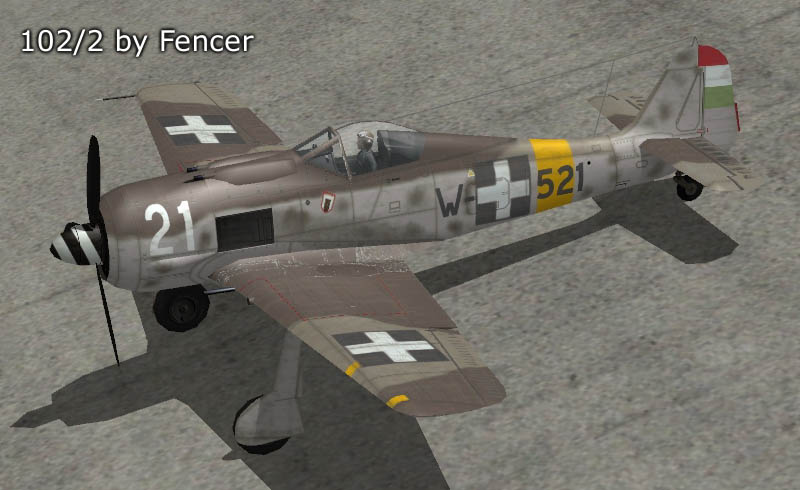Based off the comments on the above profile if correct. The yellow band painted on in the last few weeks of the war.  I would say means white #70 on the nose may have flown combat?
I would say means white #70 on the nose may have flown combat?
You can't make that assumption that it did so looking the way it did, because of the nature of the main photo all profiles are based upon. It's a wreck on a field surrounded with canibalized planes trying to cobble any pieces together. There are too many possibilities, such as "would they have just sprayed a solid color over it before sending back into combat?" and such as "was this only an intermediate step -- get the parts together -- before it would have been fully repainted anyways?"
A plane very well may have gone into combat with the yellow band and the white 70 on the nose, but it may have looked a lot more like this:

Before it crashed somewhere and was written off as a loss, and the engine was removed for use in another plane. Or THAT plane got a replacement engine, shipped this one off for refurbishing/rebuild, and then when complete it was added to the next needy airframe at this other place. There was an entire repair/rebuild infrastructure in place and it's not so cut and dried without actual proof/evidence that the plane flew into combat that way.
Let's put it this way: We also have photos and profiles of Ta152H-1s with US and RAF markings on them, but it wasn't the way it flew in combat

EDIT: P.S. That's the problem with Yellow 14 up there, too. It looks visually interesting, but it could simply be one of hundreds of post-war wrecks that have been latched onto and made the subject of profiles, but was never actually used or flown in that condition. Without more evidence or background story to support it, the profile is simply a snapshot in frozen time of how that plane was found by allied army troops.